🎬 Netflix’s most controversial 2025 film is calling out modern horror’s biggest issue… and it’s time for a change! 😱
The latest Netflix thriller is stirring up some serious debate—and it’s highlighting a major flaw in modern horror that fans can’t ignore. 😤
This film isn’t just about scares; it’s shining a light on what’s been wrong with the genre for years. Horror fans are demanding change, and this movie might just be the wake-up call.
What’s the issue, and why does it need to change? Fans are NOT holding back.
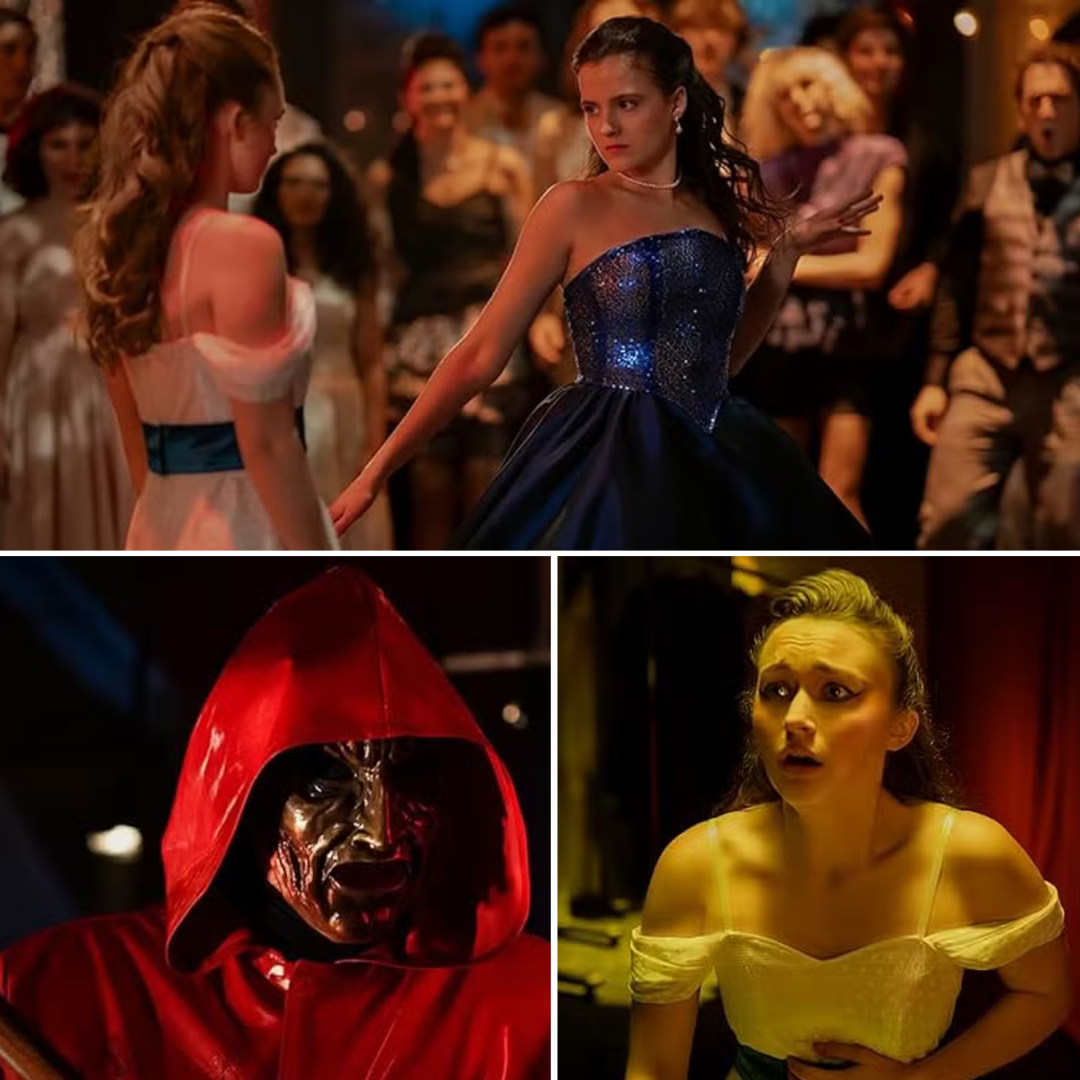
Netflix’s Fear Street: Prom Queen was set to be a sure hit in the streamer’s expanding horror universe. The original trilogy, based on R.L. Stine’s books, was a surprise hit in 2021, revitalizing classic slasher tropes with nostalgic storytelling, queer representation, and inventive kills. Produced by Chernin Entertainment and directed by Leigh Janiak, the trilogy set a new bar for teen horror on streaming platforms. But in 2025, its latest installment, Prom Queen, delivered a major misfire. Despite debuting at No. 1 on Netflix’s streaming charts, the film currently holds a grim 28% score on Rotten Tomatoes.
This disconnect between popularity and quality has stirred a larger conversation. Fear Street: Prom Queen’s strong viewership numbers show the staying power of horror franchises—but also expose a growing issue in modern horror: creative stagnation. Long-running series like Halloween, The Exorcist, and Alien have suffered from tired sequels that fail to evolve. In contrast, Saw X and Final Destination: Bloodlines surprised audiences by honoring their roots while introducing bold new ideas. Prom Queen should have followed suit, but instead became another symptom of franchise fatigue.
Prom Queen Highlights a Franchise Problem in Horror
Nostalgia Can’t Replace Substance
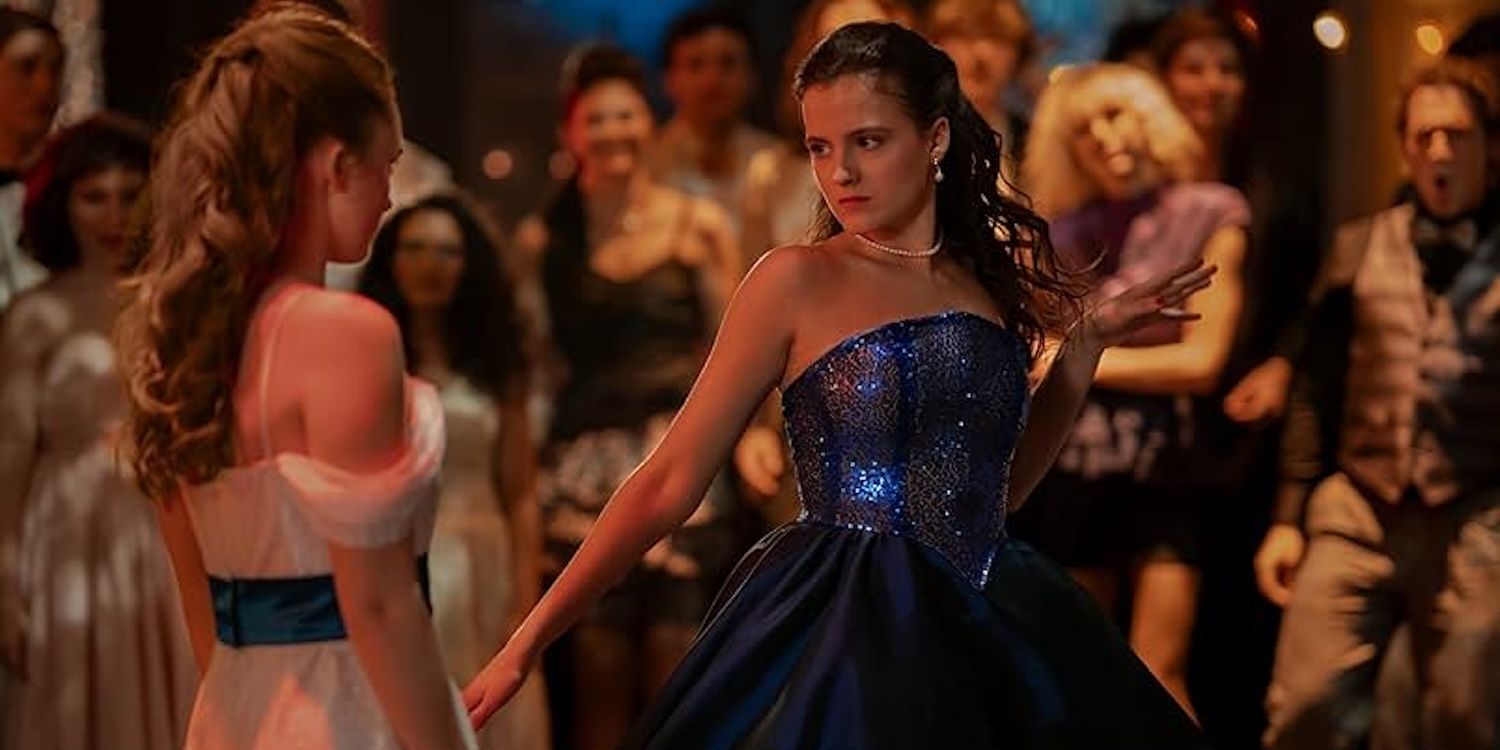
This mirrors a trend across horror franchises. Halloween Ends and The Exorcist: Believer were similarly criticized for focusing more on nostalgia than innovation. When studios prioritize IP over originality, the result is often a forgettable cash-in. Prom Queen’s failure reveals the dangers of returning to beloved franchises without a clear purpose or a fresh perspective.
Other franchises have learned to modernize these tropes. Even the upcoming I Know What You Did Last Summer reboot shows promise by bringing back legacy characters with updated stakes. Prom Queen, in contrast, just recycled what came before—and expected fans to be lured in with an artificial, glittery seduction.
Wasting Ariana Greenblatt Was a Critical Misstep
Star Power Alone Can’t Save Weak Writing

Ariana Greenblatt became one of Gen Z’s breakout stars after standout roles in Barbie and 65. Her casting in Prom Queen created major buzz, with fans expecting her to anchor the film or become its next iconic final girl. However, much to fans’ dismay, her character was killed off underwhelmingly in the first act, and her role ended before the story even began. Instead of a shocking twist, it felt like a marketing ploy. This bait-and-switch tactic has worked in the past—like Drew Barrymore’s iconic death scene in Scream or Maya Hawke in Fear Street: 1994—but only when it elevates the story. Here, it highlighted the film’s lack of a compelling lead. Greenblatt’s absence left a void the film never recovered from. Like many recent horror sequels, Prom Queen relied on casting headlines instead of character development, especially when it came to its protagonist and final girl.
Final girls are horror’s emotional anchors. They survive the bloodbath and grow from it. Lori, the protagonist of Prom Queen, failed on both counts. Her motivations were flimsy, her arc nonexistent, and her reactions muted. In a sea of horror heroines like Sidney Prescott, Deena Johnson, or Maxine from X, Lori barely registers. Without a compelling lead, slasher films fall apart. Fear Street: Prom Queen failed to deliver a memorable protagonist, making the whole experience feel aimless. Fans invest in these stories through characters—without that connection, all the blood and glitter mean nothing.
Prom Queen Is a Shallow Addition to the Horror Canon
Slasher Horror Needs More Than a Killer Soundtrack
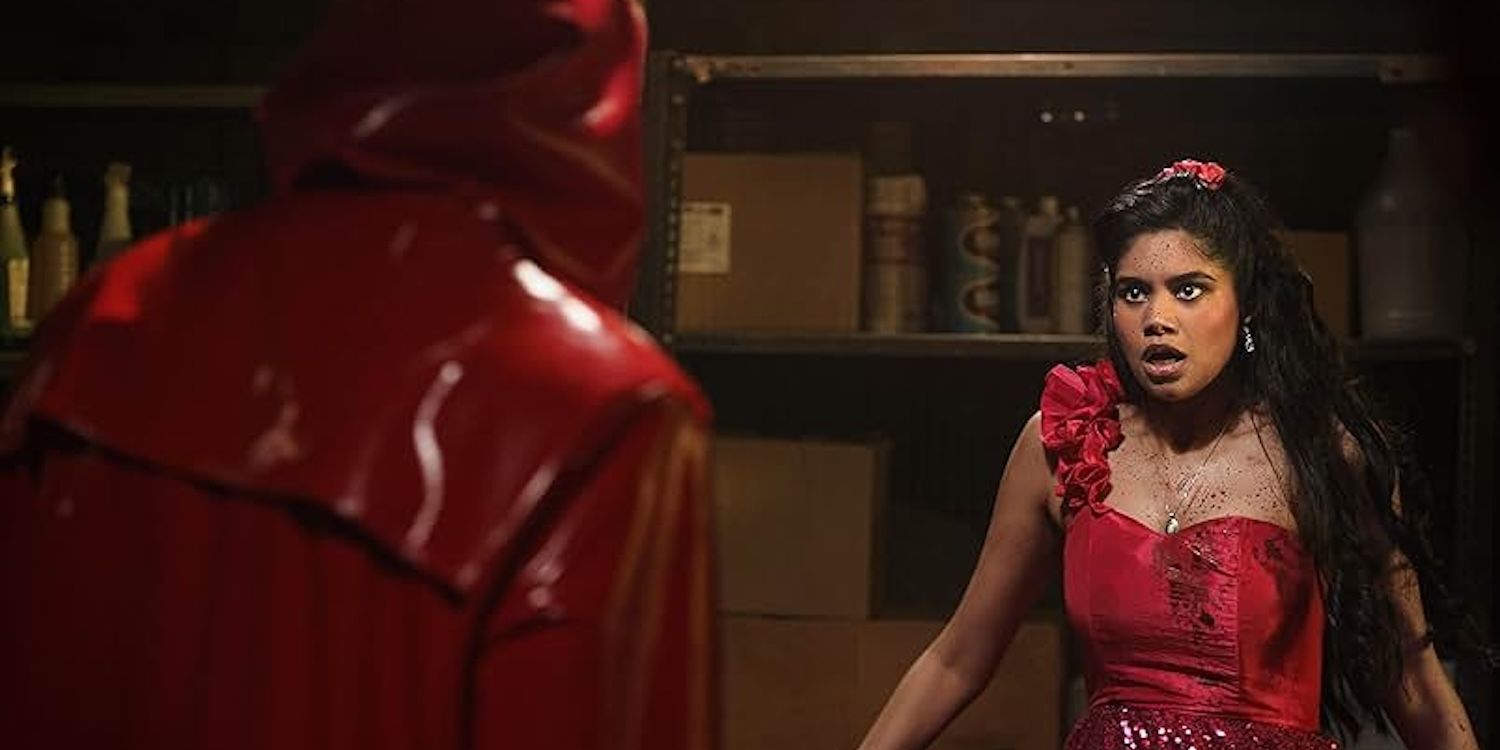
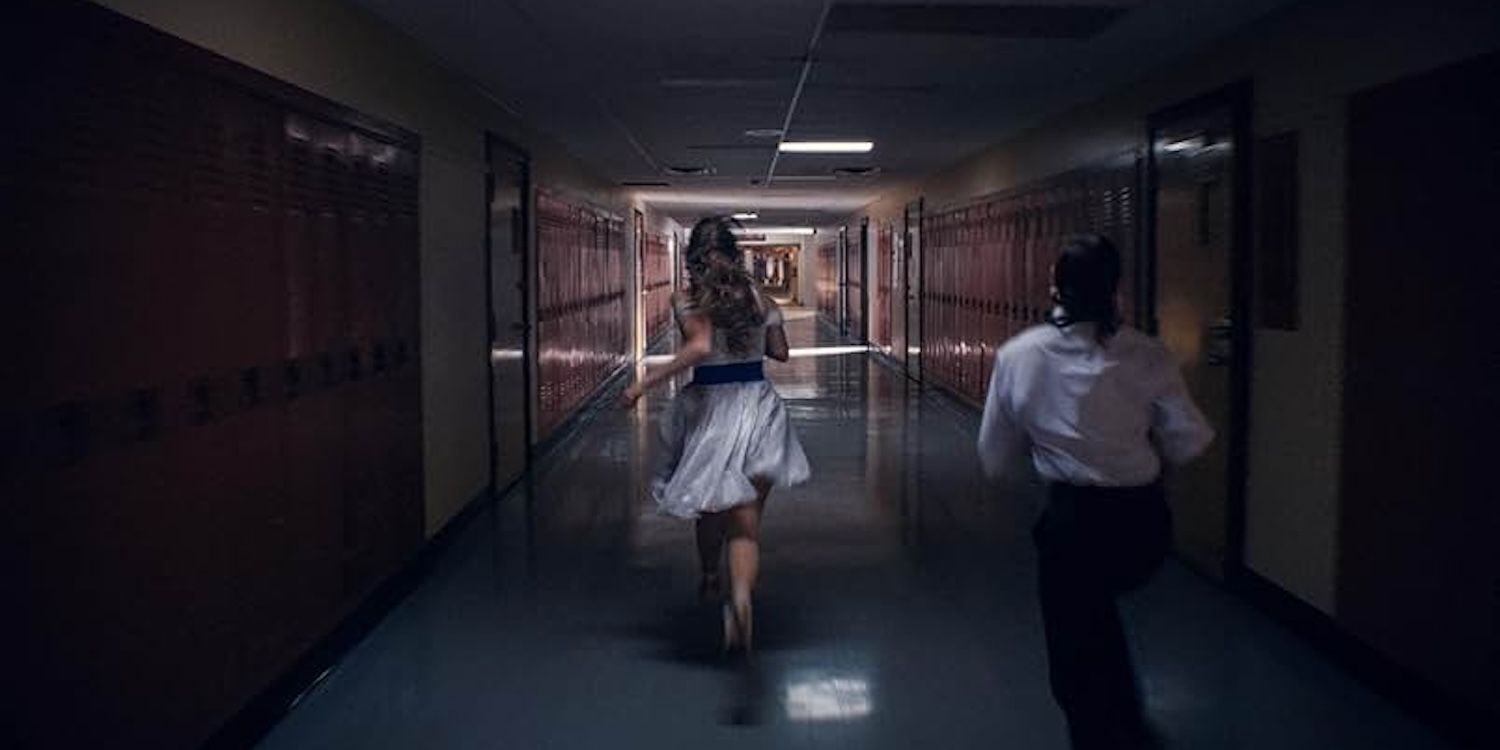
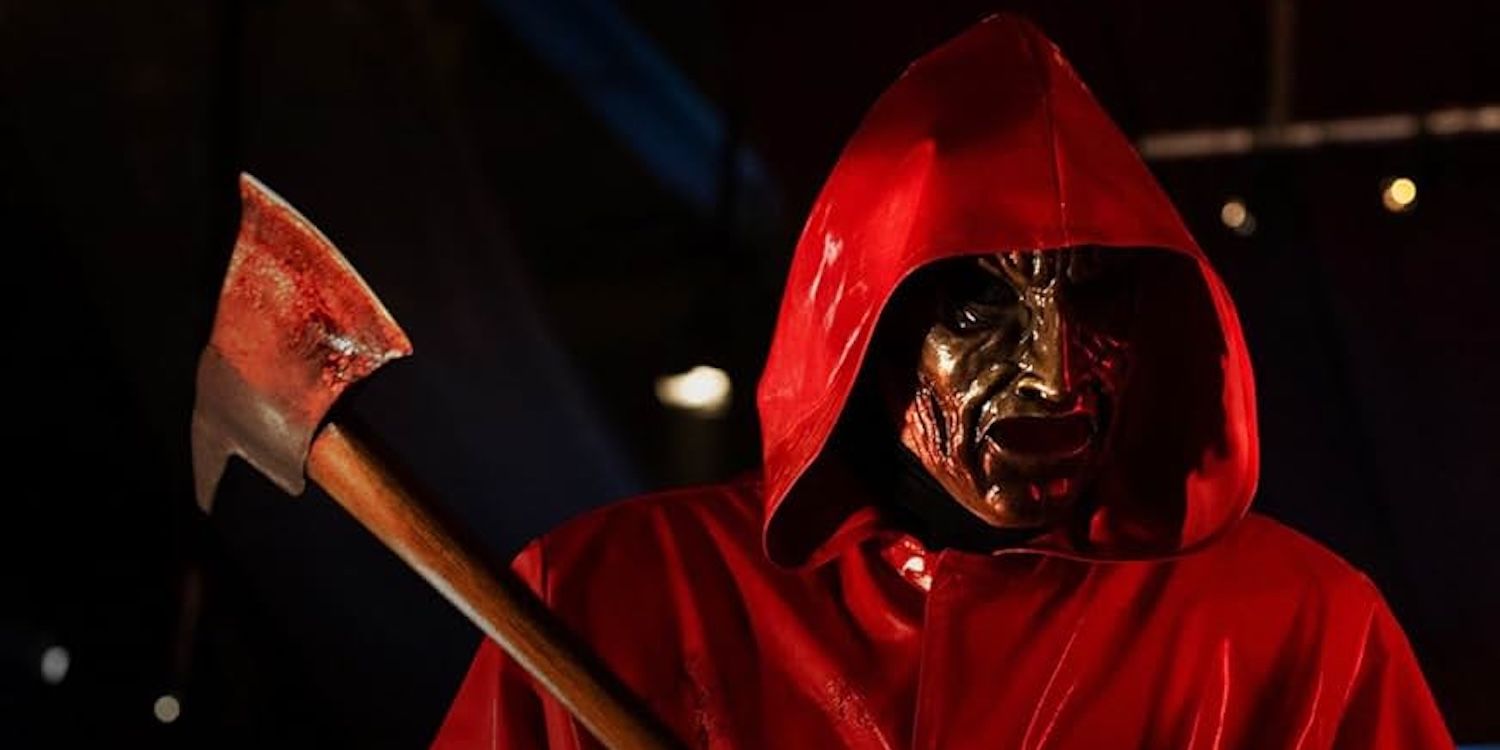
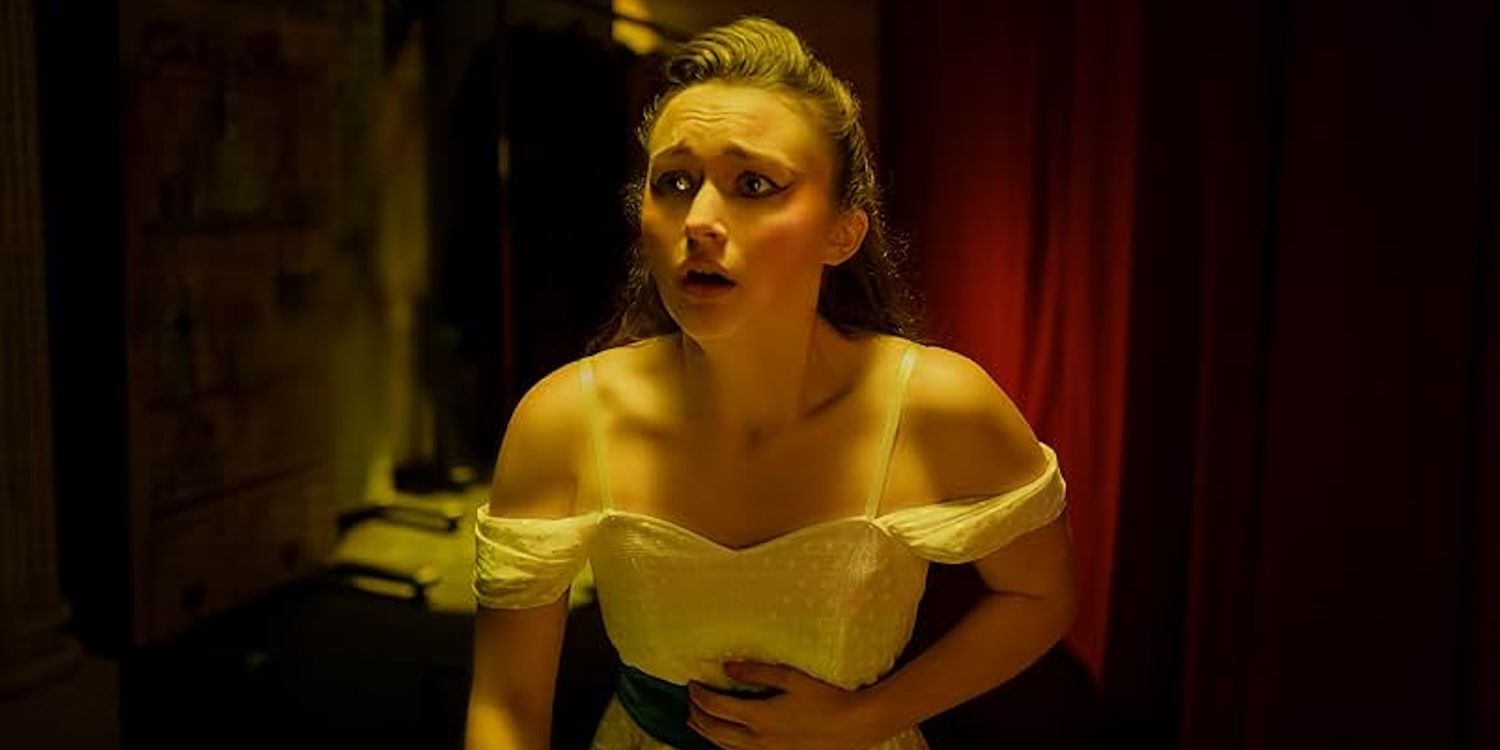
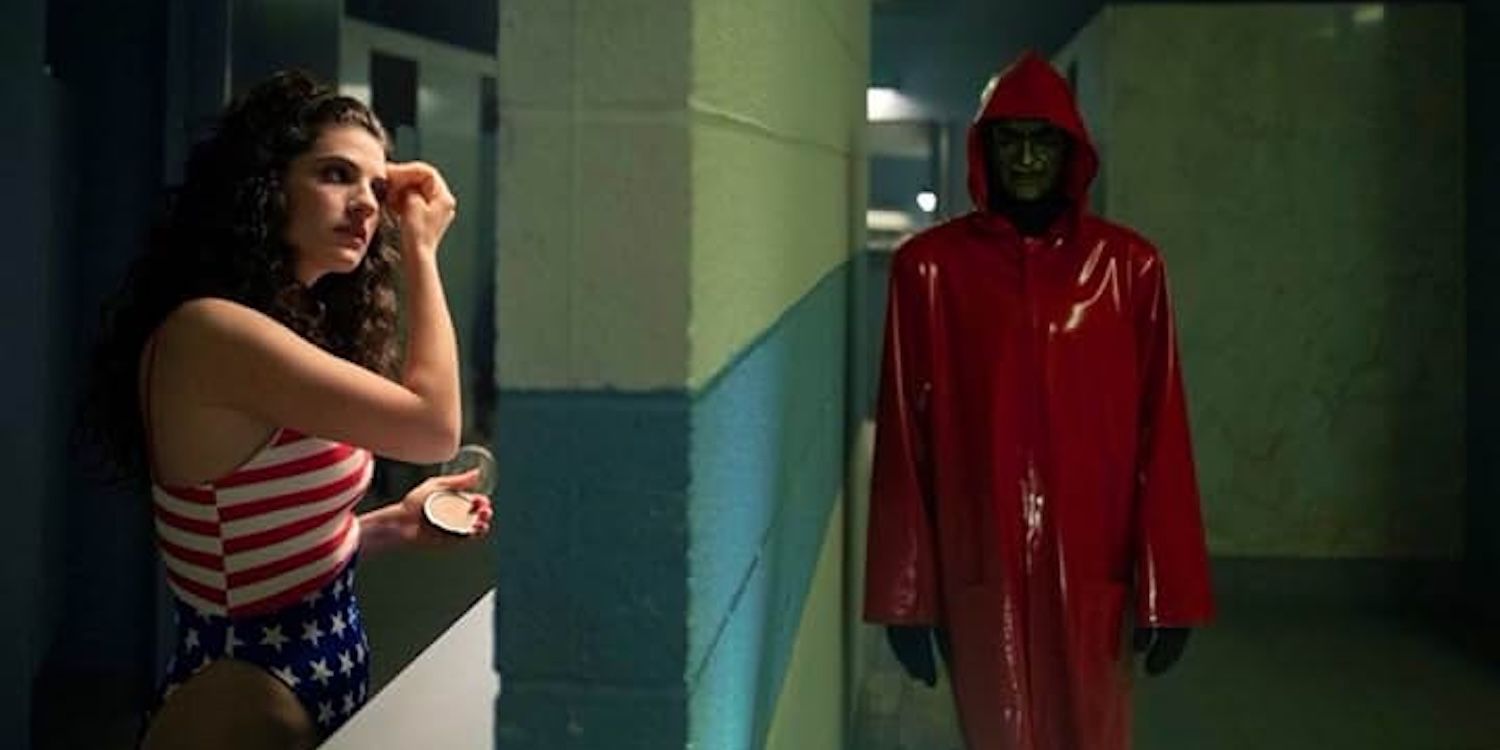
While the original Fear Street trilogy was directed by Leigh Janiak, Fear Street: Prom Queen was directed by Matt Palmer.
The original Fear Street films succeeded because they were part of a larger mythology. Each installment expanded the story world, connecting past and present through a cursed town and compelling villains. Prom Queen abandoned all of that. It didn’t build on existing lore or introduce a new mythology. Its killer was generic, its setting was hollow, and its twist—revealing the mean girl was behind it all—was both obvious and unsatisfying. This lack of narrative ambition reflects a broader franchise trend. Without a clear reason to exist, horror sequels become filler. Saw X worked because it gave new emotional weight to its central figure. Prom Queen felt like a generic slasher that happened to carry a Fear Street title.
There is Still Hope For the Future of Horror
These Franchises Are Doing It Right

Despite the missteps of many legacy titles, some horror franchises are demonstrating how to move forward with intelligence, creativity, and respect for the genre’s roots. Saw X, for example, was a standout entry in a series many had written off. Instead of bloating the mythology, the film returned to its gritty psychological core, putting the spotlight back on John Kramer (Tobin Bell) in a prequel that emphasized character motivation over body count. It was a rare case where going back in time moved the series forward emotionally.
These successes prove that horror doesn’t have to stagnate. Franchises just need to evolve with their audiences: respecting what came before, but daring to go somewhere new. In a genre built on fear of the unknown, it’s only fitting that the best horror keeps boldly pushing into uncharted territory. Saw X and Final Destination: Bloodlines proved that even long-running horror franchises can surprise, scare, and connect when creators listen to their audiences. With I Know What You Did Last Summer building buzz and legacy sequels still in demand, the genre always has a chance to grow. But what studios must learn from Prom Queen is that without fresh ideas and strong characters, horror’s next generation may not survive the night.





